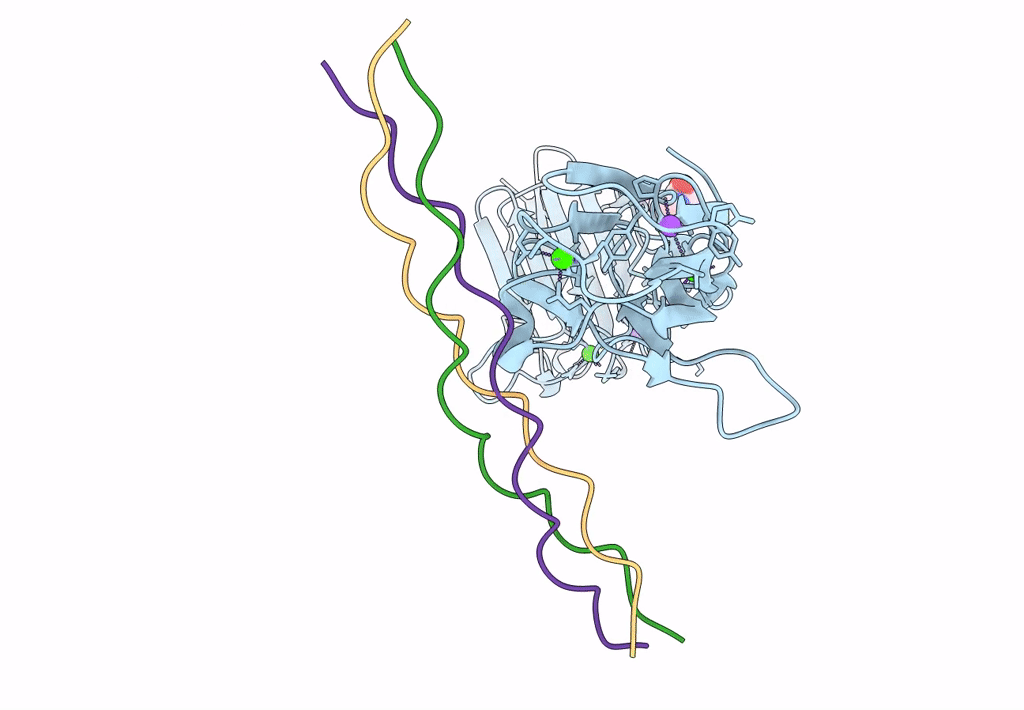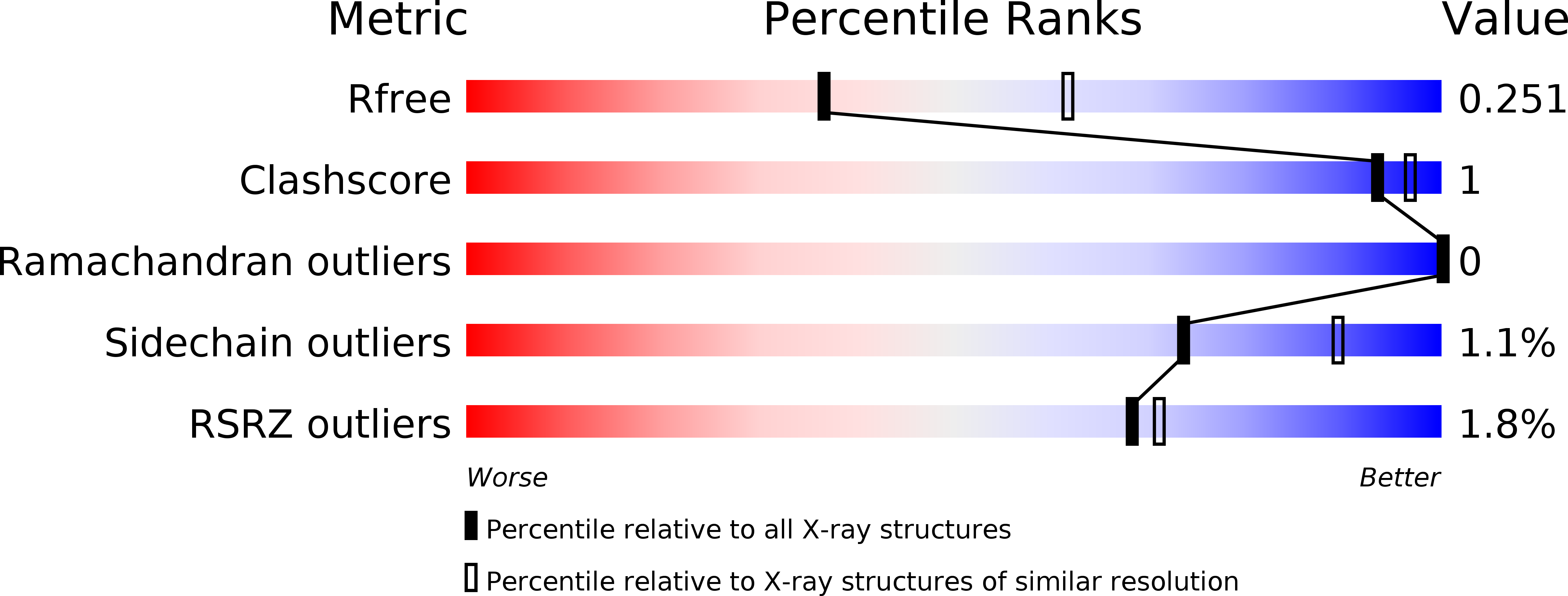
Deposition Date
2013-07-13
Release Date
2013-08-07
Last Version Date
2025-03-26
Entry Detail
PDB ID:
4LOR
Keywords:
Title:
C1s CUB1-EGF-CUB2 in complex with a collagen-like peptide from C1q
Biological Source:
Source Organism:
Homo sapiens (Taxon ID: 9606)
Host Organism:
Method Details:
Experimental Method:
Resolution:
2.50 Å
R-Value Free:
0.25
R-Value Work:
0.19
R-Value Observed:
0.19
Space Group:
C 1 2 1


